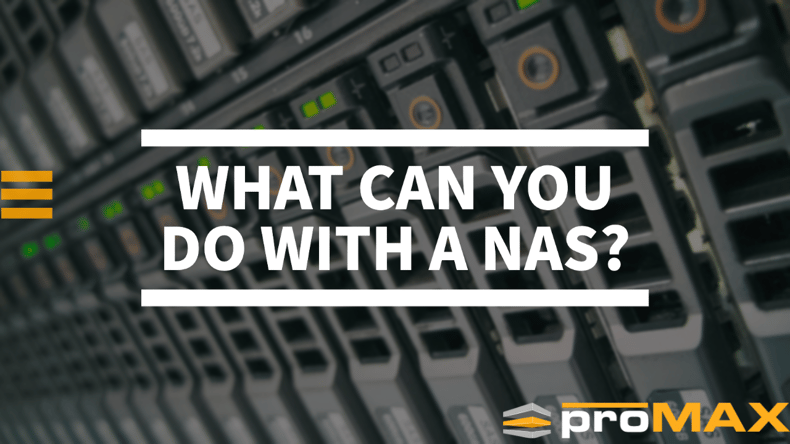Introduction
A NAS, short for Network-Attached Storage, is a device that allows you to store files in a single location and access them from any of your connected devices. Some companies will even allow you to manage your network using your NAS and Qsirch, its built-in search engine. For more, check out our Everything you Should Know About NAS blog.
Many different types of NAS can work for many other purposes.
You can use these devices to back up data from all your computers on the same network or simply as an additional storage space on your local network. The benefit of using one of these systems is that it will make it easier for you to access files if they are stored in the same place, no matter what computer or mobile device you're using.
Sometimes, you need to share the files with other people.
For instance, you may want to share documents or pictures with your family or colleagues. Of course, you can use a NAS in this case as well. The best part is that it offers more options than simply connecting it to your home network and sharing files via a web browser or email attachment.
A NAS can be used for file sharing in many ways:
- Connecting the NAS directly to your network via an Ethernet cable;
- Connecting the NAS directly to your home network using Wi-Fi;
- Using an Internet connection provided by the provider (this method is not advisable because it might cause issues with speed and stability);
Your NAS can be a backup device.
If you have multiple devices, such as computers and laptops, it is a good idea to back up your data in one place. Having files in one place will make it easy for you to access your files and documents when needed, even if your device gets broken or lost. In addition, a NAS can be a backup device for multiple users on multiple devices.
If you have several terabytes of data, it could take days or weeks to back up everything manually (depending on how often you update). A NAS makes things much easier since all the hard work happens automatically without input from you—which means less time spent on maintenance!
You can edit videos directly from your NAS.
Instead of importing and exporting files, you can work with them on your computer. This is important if a project requires much high-resolution footage because it will save time.
Conclusion
In the end, there isn't a wrong way to use a NAS. It all comes down to what kind of work you are doing and how much time you have to do it. As long as you pick the suitable device for your needs, there shouldn't be any problems—and once everything is up and running, it should only get more straightforward from here on out!



